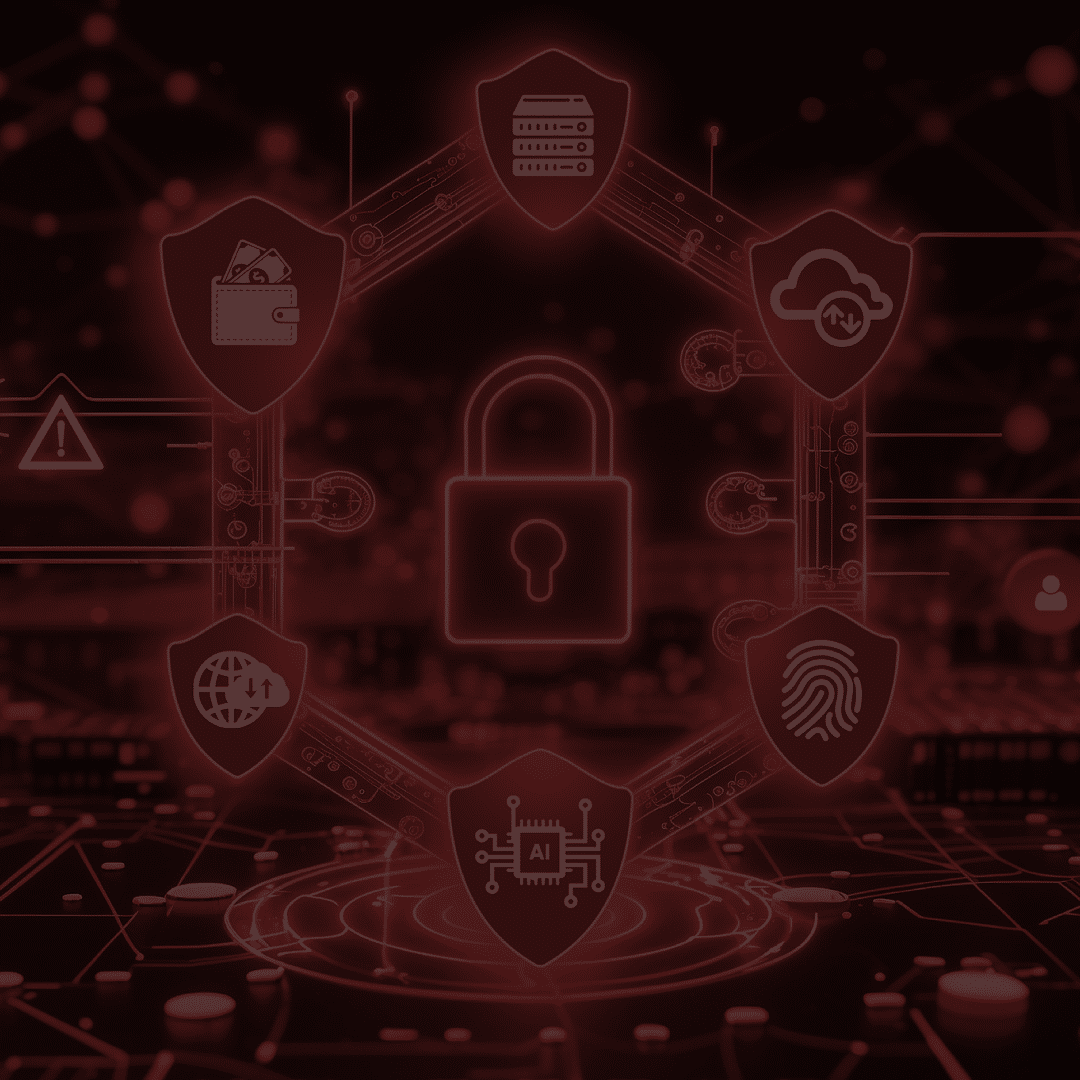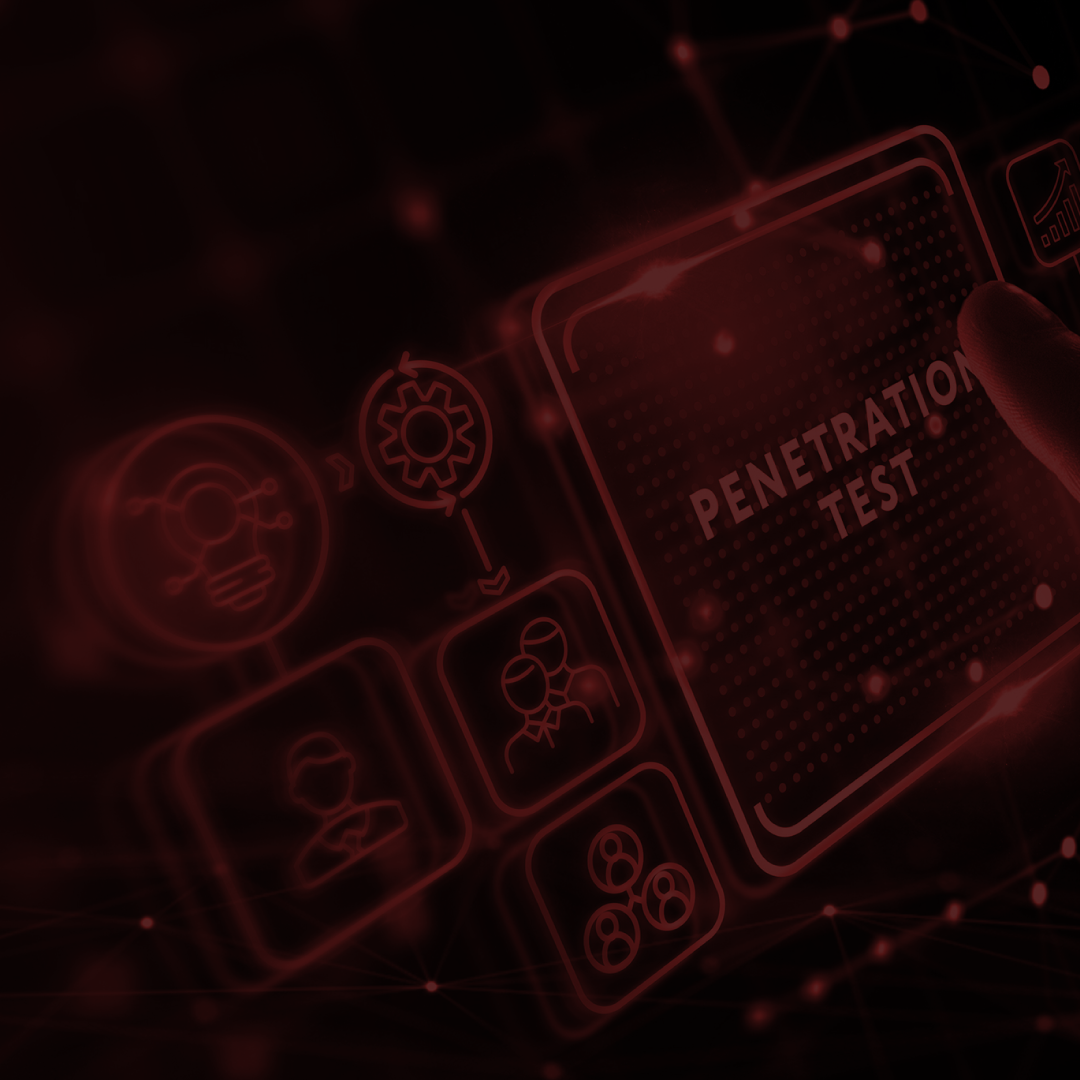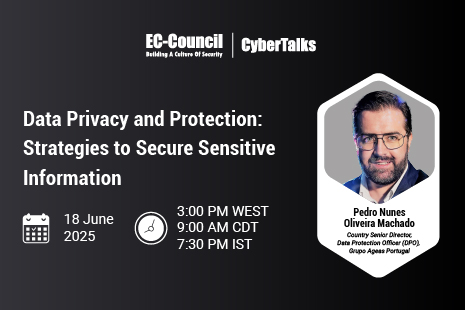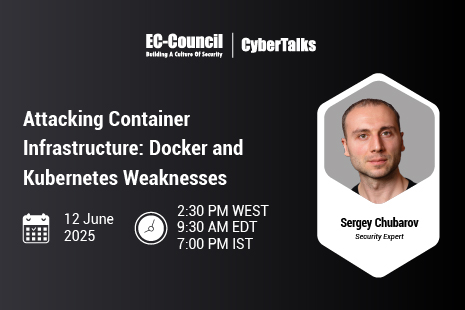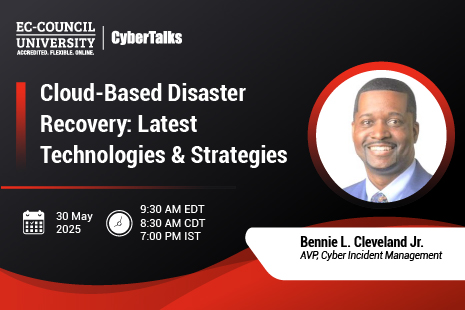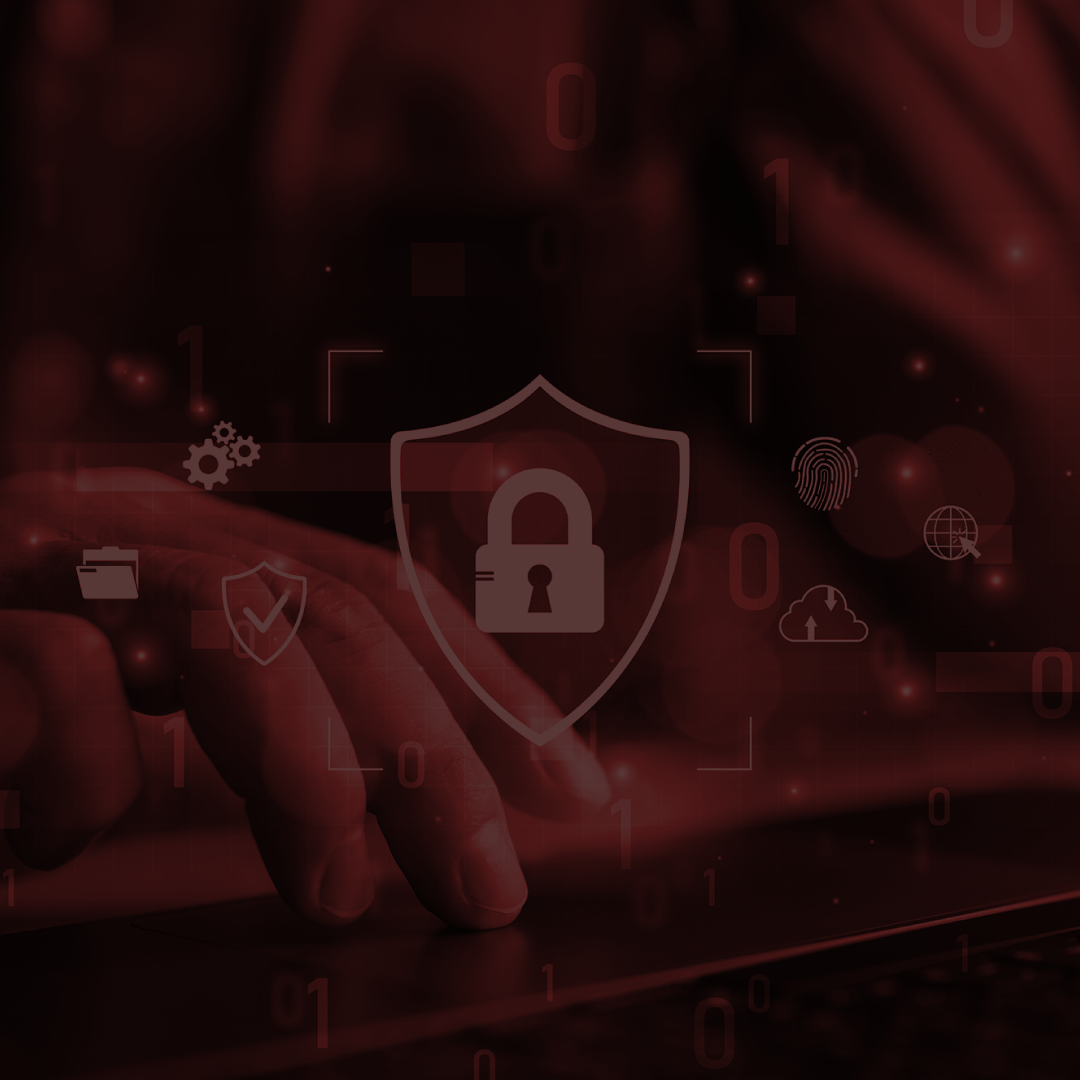The technique of capturing all data packets traveling through a network using a software application or hardware device is known as network sniffing (Mitchell, 2021). Ethical hackers can use sniffing to gain tremendous insights into the workings of a network and the behavior of its users, which can be used to improve an organization’s cybersecurity.
However, when employed by malicious hackers, sniffing can be used to launch devastating attacks against unsuspecting targets. This article will look at what sniffing is, how it can be used for harm, and how sniffing attacks can be prevented.
What Is Sniffing?
In its simplest form, sniffing is the act of intercepting and monitoring traffic on a network. This can be done using software that captures all data packets passing through a given network interface or by using hardware devices explicitly designed for this purpose.
What Are Sniffing Attacks?
A sniffing attack occurs when an attacker uses a packet sniffer to intercept and read sensitive data passing through a network (Biasco, 2021). Common targets for these attacks include unencrypted email messages, login credentials, and financial information.
In some cases, attackers may also use sniffing attack tools and packet sniffers to inject malicious code into otherwise innocuous data packets in an attempt to hijack a target’s computer or other devices.
How Do Hackers Intercept Packets?
There are several ways an attacker can capture packets passing through a network. One popular method is to set up a packet sniffer on a computer connected to the network in question. This computer acts as a proxy between the targeted devices and the rest of the world, allowing the attacker to capture all traffic passing through.
Another common technique is ARP poisoning, in which the attacker tricks devices on the network into thinking they are communicating with another device when they are not (Grimmick, 2021). This allows the attacker to intercept and read all traffic passing between the two “devices.”
Types of Sniffing Attacks
There are two primary sniffing attack types: passive and active.
Passive Sniffing
In a passive sniffing attack, the hacker monitors traffic passing through a network without interfering in any way. This type of attack can be beneficial for gathering information about targets on a network and the types of data (e.g., login credentials, email messages) they are transmitting. Because it does not involve any interference with the target systems, it is also less likely to raise suspicion than other types of attacks.
Active Sniffing
Active sniffing is a type of attack that involves sending crafted packets to one or more targets on a network to extract sensitive data. By using specially crafted packets, attackers can often bypass security measures that would otherwise protect data from being intercepted. Active sniffing can also involve injecting malicious code into target systems that allows attackers to take control of them or steal sensitive information.
Consequences of a Sniffing Attack
A successful sniffing attack can have several severe consequences for the targets. These can include:
- Loss of sensitive data, such as login credentials, financial information, and email messages
- Injection of malicious code into target systems, allowing attackers to control devices or access sensitive information
- Interruption of network traffic, which can cause communication problems and slow down network performance
- Exposure of confidential information, such as trade secrets and proprietary data
- Damage to the reputation of the organization whose network has been compromised
How Can Sniffing Attacks Be Prevented?
There are many ways to protect your network against sniffing attacks. Some key measures include:
- Using encryption to protect sensitive data from being intercepted
- Never sending sensitive information over an unencrypted connection
- Ensuring that all computers on a network are adequately protected with antivirus and firewall software
- Making sure the wireless network is secured using WPA or WEP encryption
- Regularly updating all software and devices with the latest security patches
- Staying aware of what type of traffic passes through the network and taking steps to protect sensitive information
- Using a VPN when connecting to public Wi-Fi networks
- Continuously monitoring the network for unusual activity
Learn How to Prevent Cyberattacks as a Cybersecurity Professional
Sniffing techniques present serious threats to both individuals and organizations. By understanding what sniffing is and how it works, however, you can take steps to prevent these attacks.
If you’re interested in learning more about how to protect organizations from security risks like sniffing attacks, consider one of EC-Council’s cybersecurity certification programs which are some of the best ethical hacking courses, and are designed to help you build the skills you need to defend systems and networks against various types of threats.
The well-known ethical hacking course – CEH program is an excellent place to start. In the C|EH course, you’ll learn how to identify, understand, and exploit security vulnerabilities in systems to help organizations strengthen their defenses against a range of cyberthreats. For more information, contact EC-Council to learn how to get certified today. Enroll to Certified Ethical Hacker course now.
Biasco, P. (2021, June 1). What is packet sniffing and how to prevent it. Privacy Bee. https://privacybee.com/blog/what-is-packet-sniffing/
Grimmick, R. (2021, April 27). ARP poisoning: What it is & how to prevent ARP spoofing attacks. Inside Out Security. https://www.varonis.com/blog/arp-poisoning
Mitchell, B. (2021, September 26). What is a network sniffer? Lifewire. https://www.lifewire.com/definition-of-sniffer-817996



